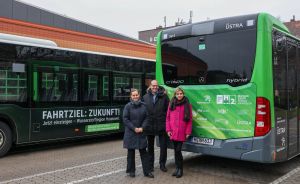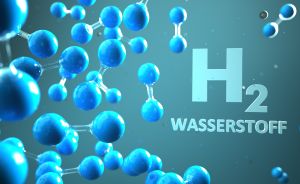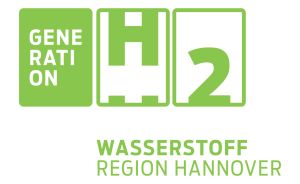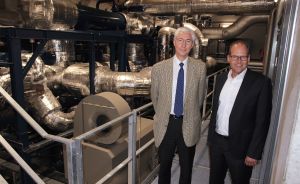
Making the bus fit for the future with hydrogen
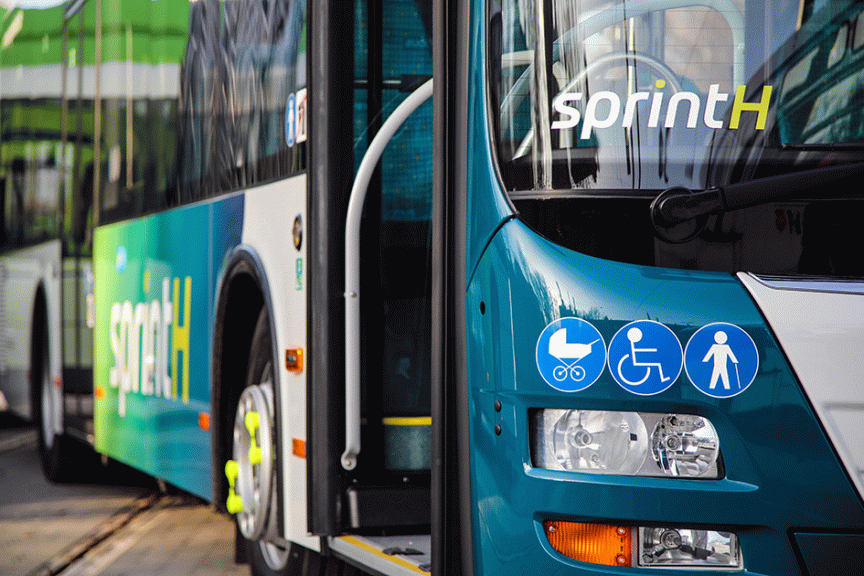
The diesel bus is a discontinued model. In the future, other types of drive will be needed. What these might be depends on the requirements of the respective bus routes. For short routes and those that have longer breaks for recharging, batteries can be used very well.
For all lines with a route length of more than 300 km,hydrogenfuel cell propulsion isanoption.
The Hannover Region is working together with its subsidiaries Regiobus and Üstra to procure buses with suitable drive systems and to provide the necessary infrastructure.
A hydrogen filling station must be available at the depots. In addition, the hydrogen should be green, i.e. produced from renewable energies. To this end, the company is cooperating with the SewageH project run by Hanover's municipal sewage system. This means that sustainable, regionally produced hydrogen can be used.
The first step is to start with a small number of vehicles. Two buses at the regiobus depot in Neustadt am Rübenberge could be the first step into the hydrogen age. At the same time, the new building in Weetzen is being planned and built for H2. However, it will still be a few years before the first vehicles go into operation here.
Üstra's focus in urban transport is on the use of battery-electric buses. However, there are also some routes for which the fuel cell is the first choice. The plan is to procure two vehicles for Üstra together with regiobus.
For public transport in the Hannover region, the fuel cell offers very good future opportunities for climate-friendly bus operation. The H2 buses can be used flexibly as they are not dependent on a charging infrastructure along the route. This is a great advantage for flexible operational planning of the buses. Similar to a diesel bus, the vehicles would be refueled at the depot before the start of the route.
The defined areas of use of the buses also make it easy to plan the necessary H2 requirements. An H2 infrastructure can therefore be set up in line with demand and the growing H2 volumes can be easily calculated for further developments.
We see hydrogen in public transport as the key to establishing an H2 infrastructure. This will also make it easier for the Hannover Region to provide access to hydrogen for other users, e.g. from the logistics sector, by creating regional sales structures.

